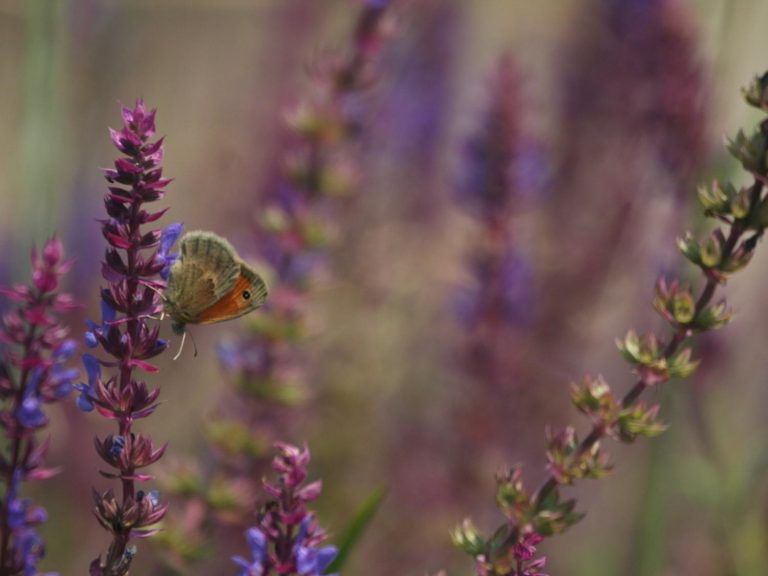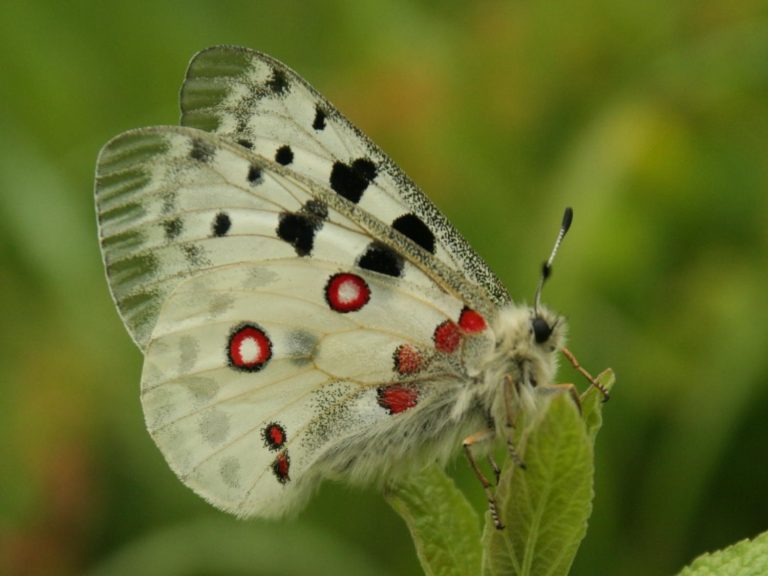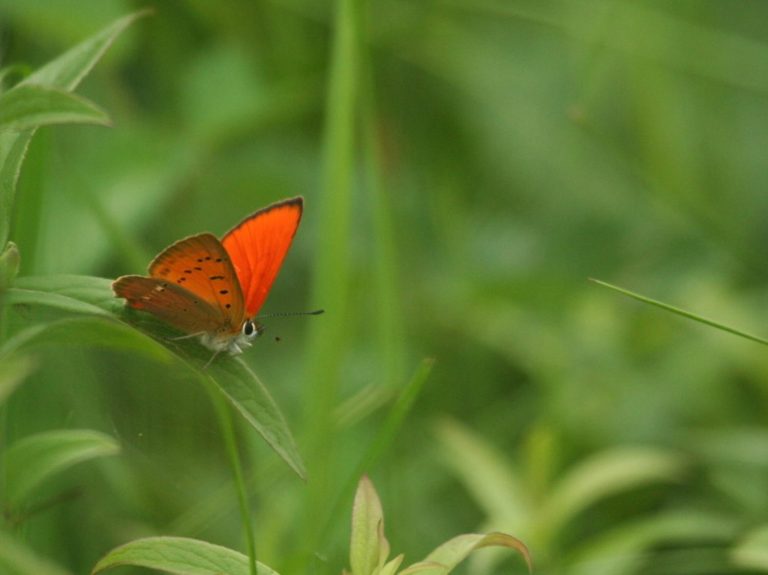
West Carpathians - butterflies and natural history of Central Europe
A leisurely introduction to the butterflies and other wildlife of Mitteleuropa, exploring two contrasting but equally wildlife-rich areas.
The Carpathians form the backbone of Eastern Europe, curving eastward in an arc from Slovakia through Ukraine to Romania. The White Carpathians are shared between the Czechia and Slovakia – much of the area is protected within a UNESCO Biosphere Reserve and is famed for its patchwork of flower-rich meadows and extensive mixed forests. It is not surprising that this is one of the best areas in Europe for butterflies.
Flowers are also abundant here and local meadows are amongst the richest in Europe. From here we travel southwards, skirting the High Tatras on our way to spend three nights on the sun-dried southern slopes of the Slovak Karst and Aggtelek National Park in Hungary; the largest area of karst limestone north of the Alps. Just on the margins of the Pannonian basin, the rich limestone flora is represented by several eastern elements – the flagship being the local endemic Turna Golden Drop, which we will look for whilst visiting the ruins of the 13th century Turna Castle, looking out across the Hungarian plains.
Summer time before harvesting crops is always an idyllic season in Central Europe. Amongst the possible highlights of our journey, we will search for the much sought-after Poplar Admiral, the first Apollo may have emerged higher up, and we will enjoy a variety of skippers and blues, fritillaries and heaths, hairstreaks and coppers.
Download trip report
Please note that holidays change, although sometimes only slightly, from year to year and previous trip reports may not reflect the planned itinerary, or other holiday details, for the current trip. Please ask us if you would like to know of any significant differences.



